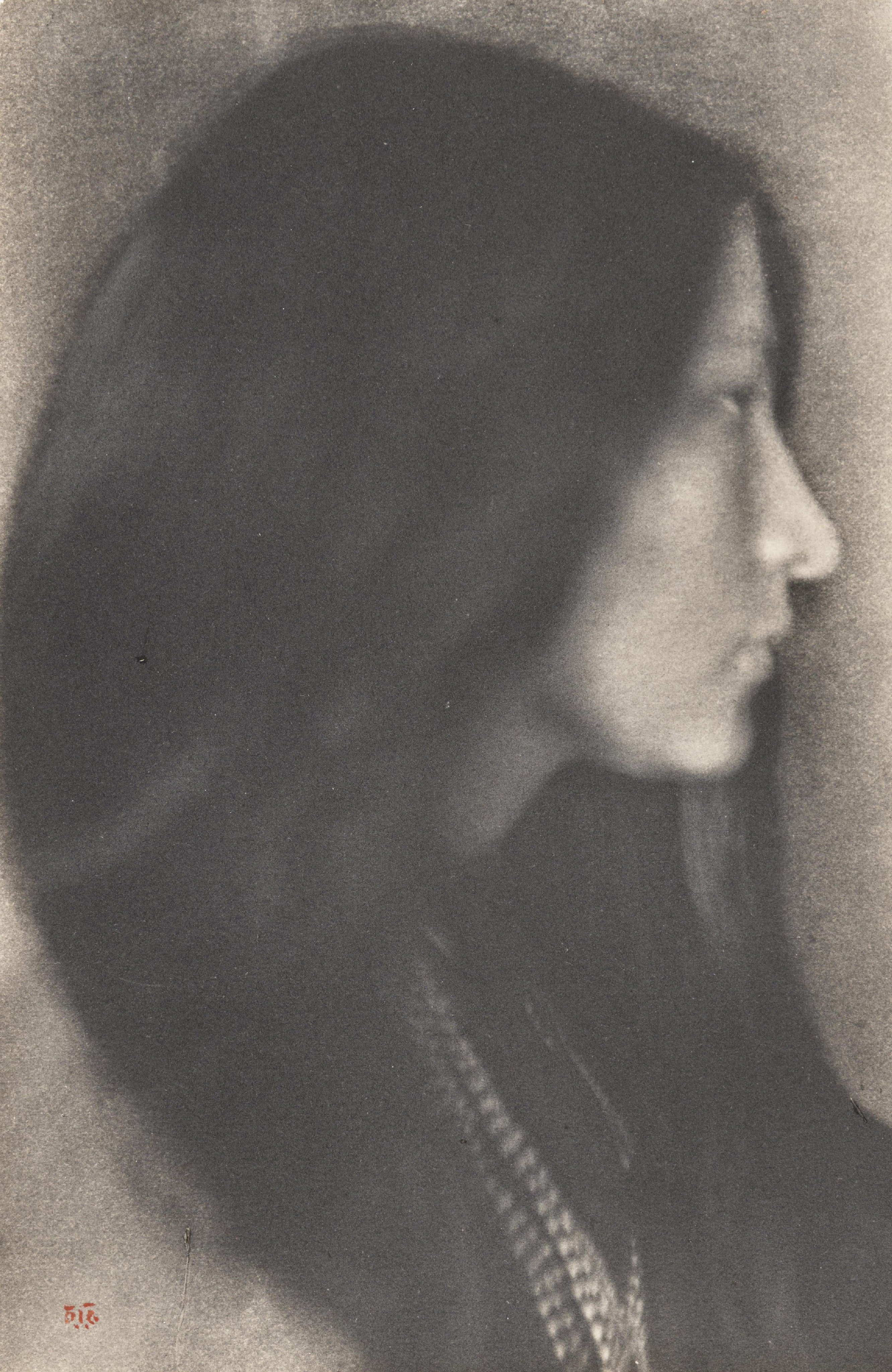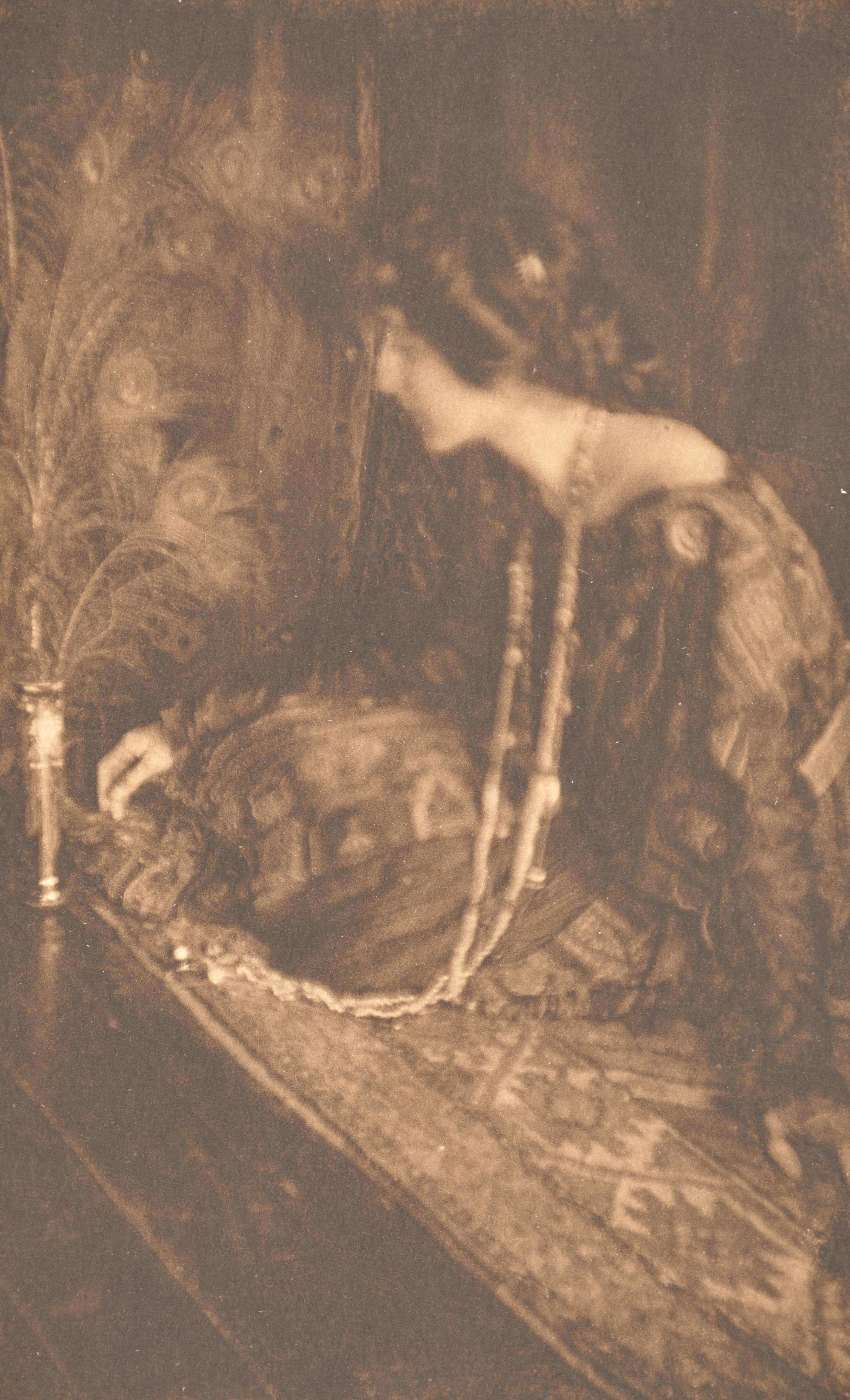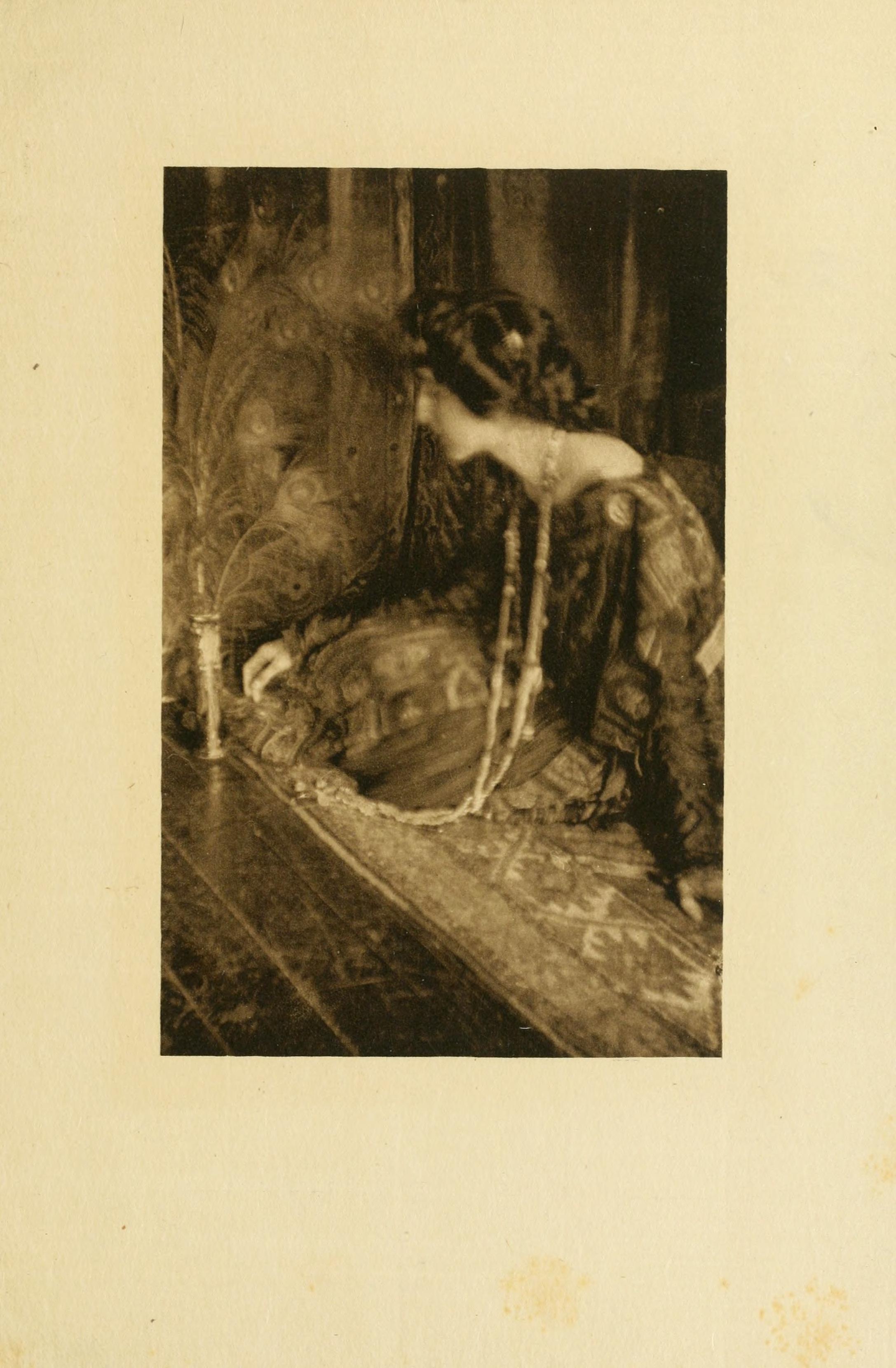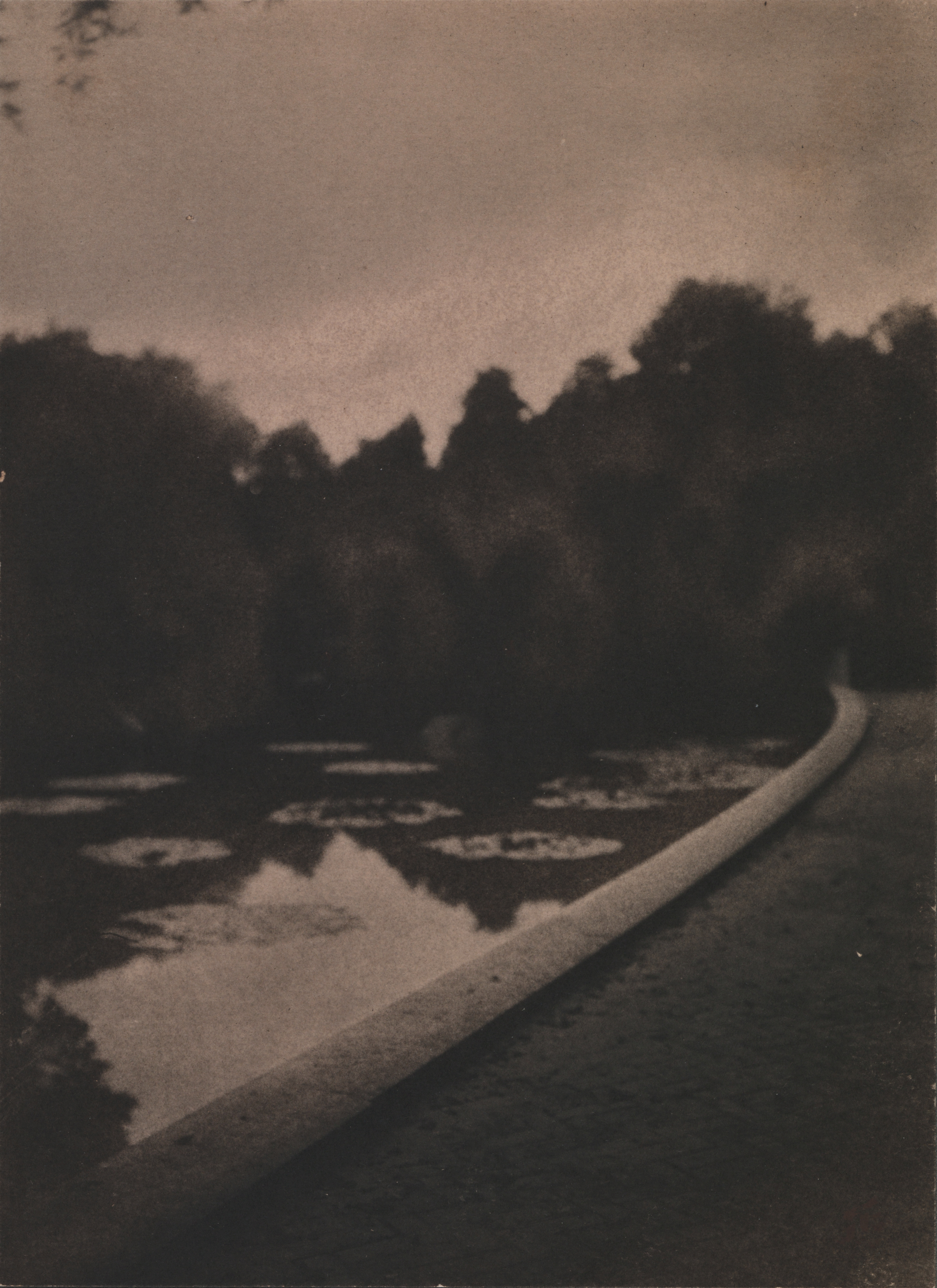

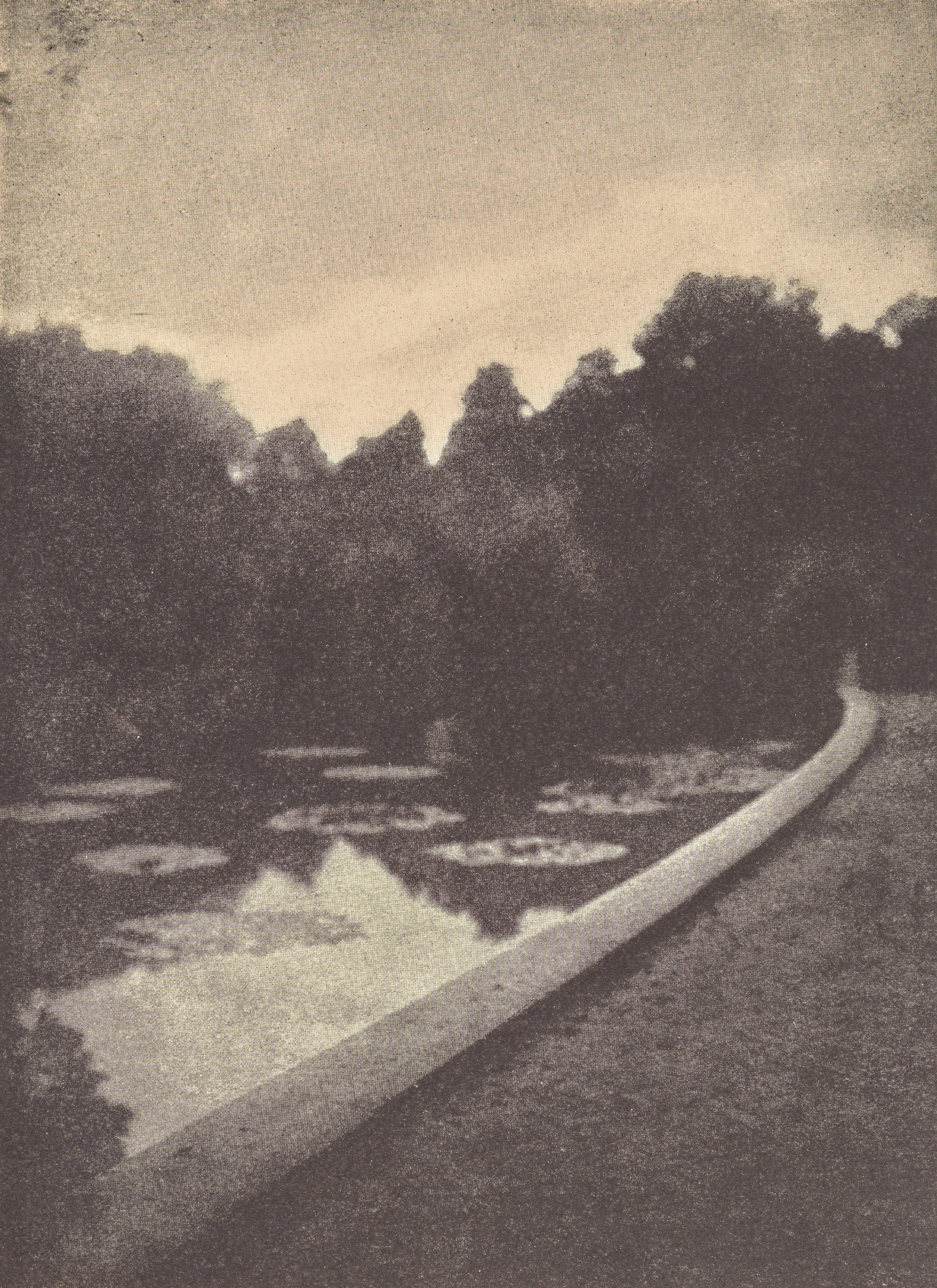
images that haunt us



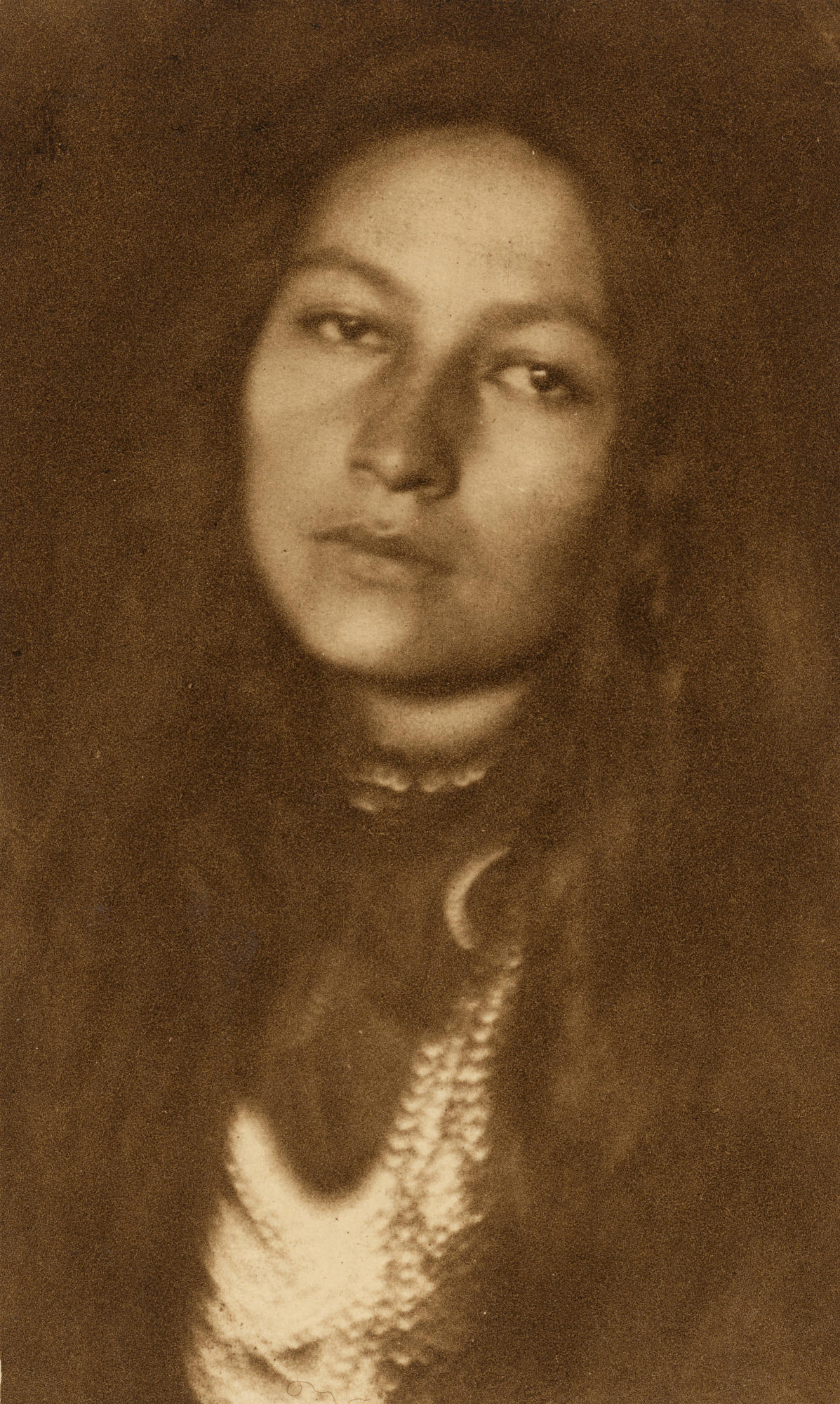
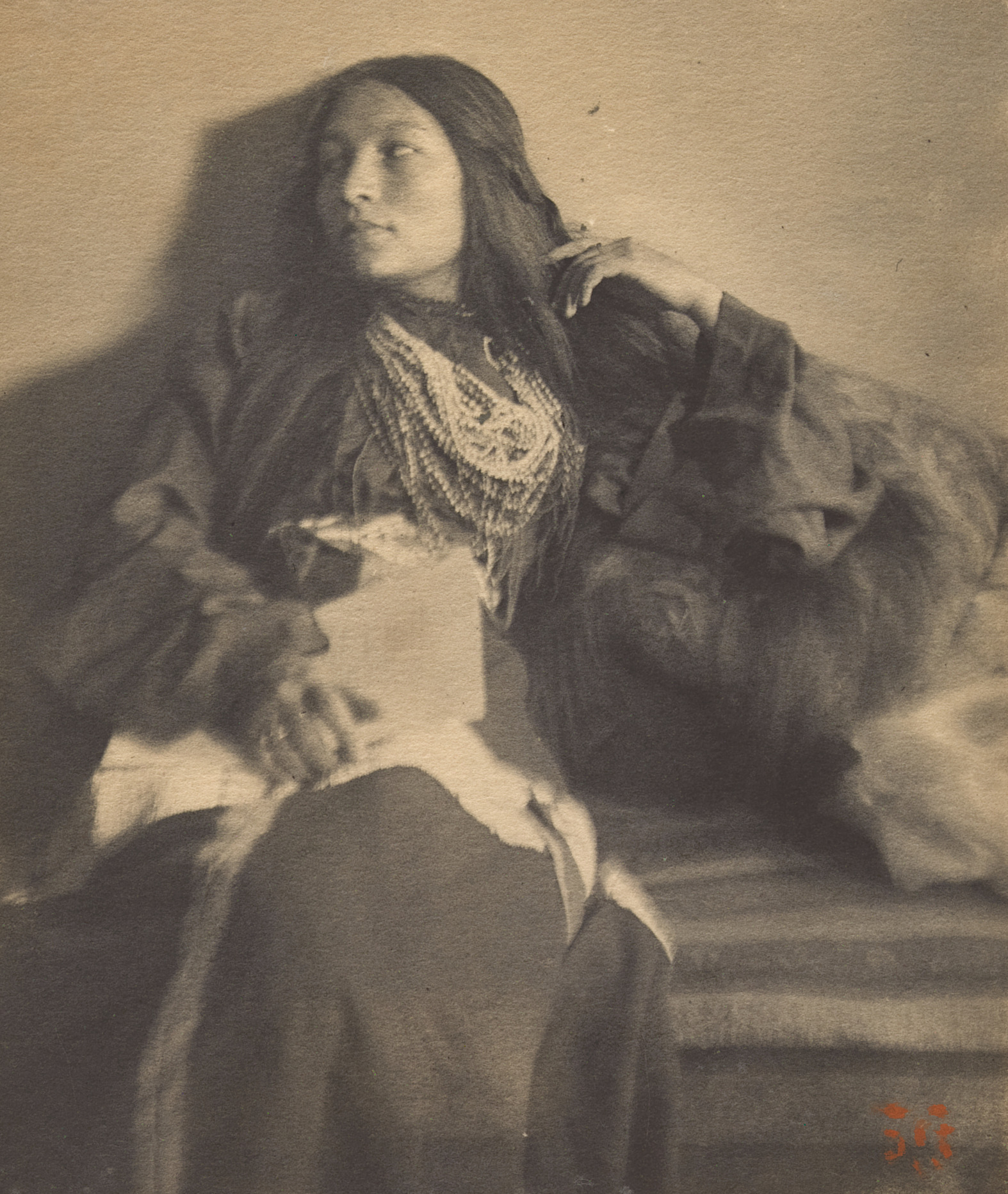
Zitkála-Šá was a pioneer in a generation of Indian rights activists who had graduated from mission and government schools, where children were forbidden from speaking their indigenous native languages. Working together, these intellectual activists representing various tribal backgrounds used their formal educations and flawless English to fight U.S. federal Indian policy and demand social justice. At ease in mainstream and urban (i.e., white) society, they formed professional organizations. For example, the Society of American Indians, founded in 1907, was the first national all-Indian organization to advocate for Indian rights. As one of its leaders, Zitkála-Šá tirelessly fought for Native American citizenship rights, and she was described as “a Jeanne D’Arc to lead her people into citizenship.” Zitkála-Šá later founded one of the most important Native rights organizations, the National Council of American Indians. [quoted from source : NPG]

